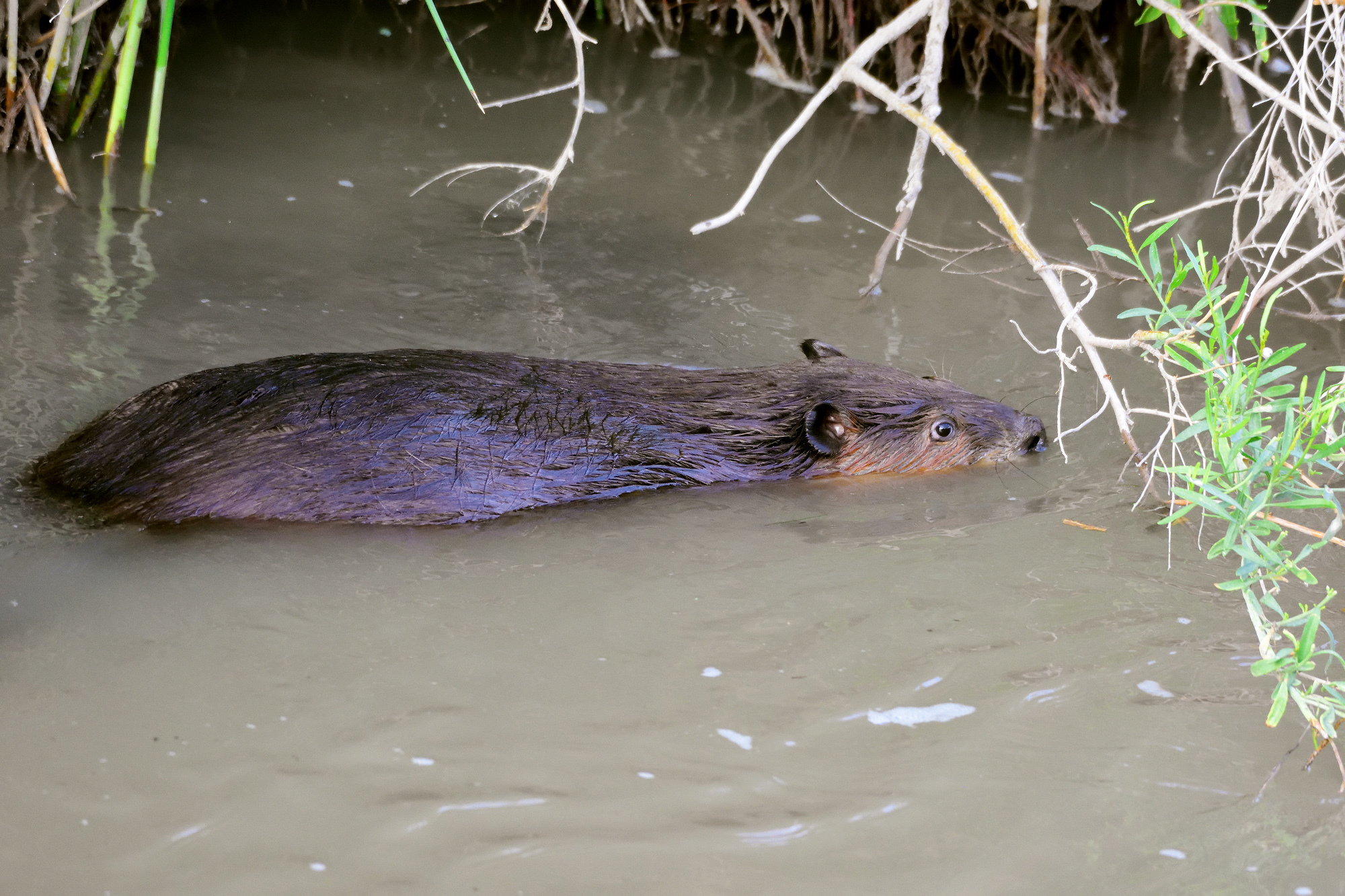
El Paso Zoo visitors have signed over 20,000 letters to Texas Parks and Wildlife asking the agency to support a plan to restore the wolf to the wilds of Texas.
Enjoy reading about our amazing Chihuahuan Desert. Sign up for a free subscription to our blog.
The U.S. Fish and Wildlife Service recently announced that it will eliminate its current population cap of 325 Mexican gray wolves that are allowed to live in the wild in the Southwest. The announcement follows a 2018 legal victory by conservation organizations. In the same decision, the agency rejected science-based reforms that would increase genetic diversity at a faster rate.
A final environmental impact statement justifies the new rule, which temporarily curtails some federal, state and private wolf-killing. To enhance the wolf population’s genetic diversity, the rule has a goal of ensuring that 22 captive-born wolf pups that have been introduced to the wild survive through their second year of life. But there are no requirements that those wolves breed.
“The Service admits that they received approximately 82,000 public comments that somehow did not result in substantial changes to their final environmental impact statement,” explains Michelle Lute, Ph.D., wolf conservation and national carnivore conservation manager for Project Coyote. “This lack of accountability to the public who supports strong lobo recovery tells you everything you need to know about the Service’s leadership on the issue. So much more can and should be done to protect wolves and promote coexistence.”
“With the added stressors of accelerating climate change already falling heavily on their Southwest home, Mexican gray wolves don’t have time for Fish and Wildlife Service to sidestep the full set of actions needed to recover the lobo,” said Kelly Burke, Wild Arizona’s executive director. “The wolves are bravely doing their part, but regrettably the Service still needs to get fully onboard.” “Sadly it has become the norm for this program to ignore the best science and public support for actual, robust wolf recovery and instead opt for the minimum,” said Chris Smith, southwest wildlife advocate at WildEarth Guardians. “These wolves need real genetic rescue, access to more habitat, and an essential designation. This rule — while a fractional improvement on the prior attempt — still fails lobos.”
The new rulemaking was prompted by a 2018 court victory by several conservation organizations over the 2015 Mexican wolf-management rule. That 2015 rule stemmed from a 2013 settlement agreement with the Center over failures in the Service’s 1998 reintroduction and management rule. The Fish and Wildlife Service was ordered by the court to release the final wolf management rule by July 1.

Background
The Fish and Wildlife Service and its predecessor agency exterminated gray wolves from the western United States between 1915 and 1945 on behalf of the livestock industry. The government also exported poison to Mexico to enable wolf poisoning there beginning in 1950. The 1973 Endangered Species Act led to the remaining Mexican wolves being captured alive. Seven bred successfully in captivity, and the subspecies was reintroduced in the U.S. in 1998 and Mexico in 2011.
Pups are now being born, including in places that wolves last consistently occupied in the 1920s. Multiple wolves now live in the San Mateo Mountains of west-central New Mexico. A lone female has established a home range west of Albuquerque.
In addition to the 196 wolves counted in the wild in Arizona and New Mexico early 2022, approximately 35 wolves live in Sonora, Mexico.
Source – Center for Biological Diversity Press Release

